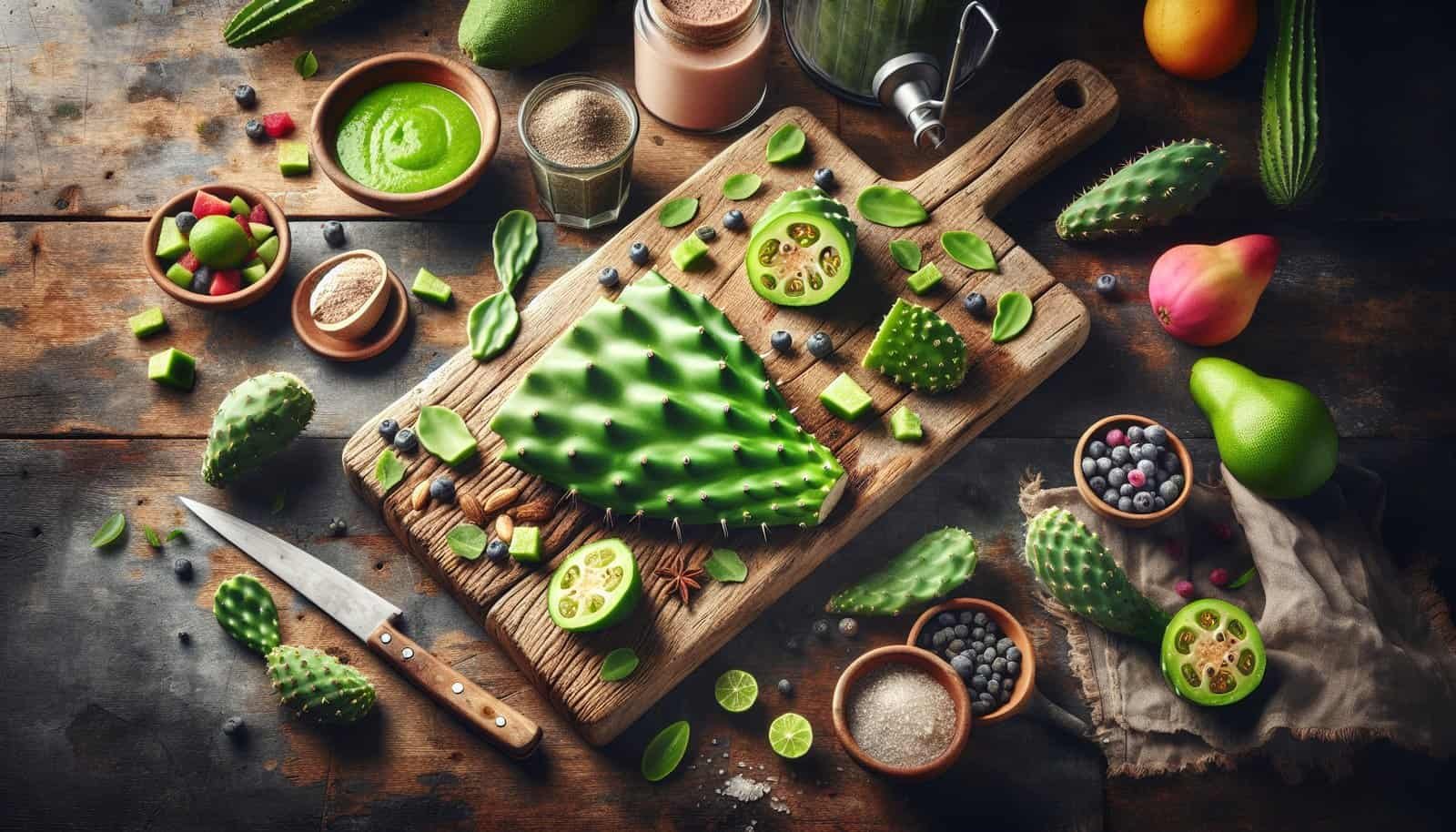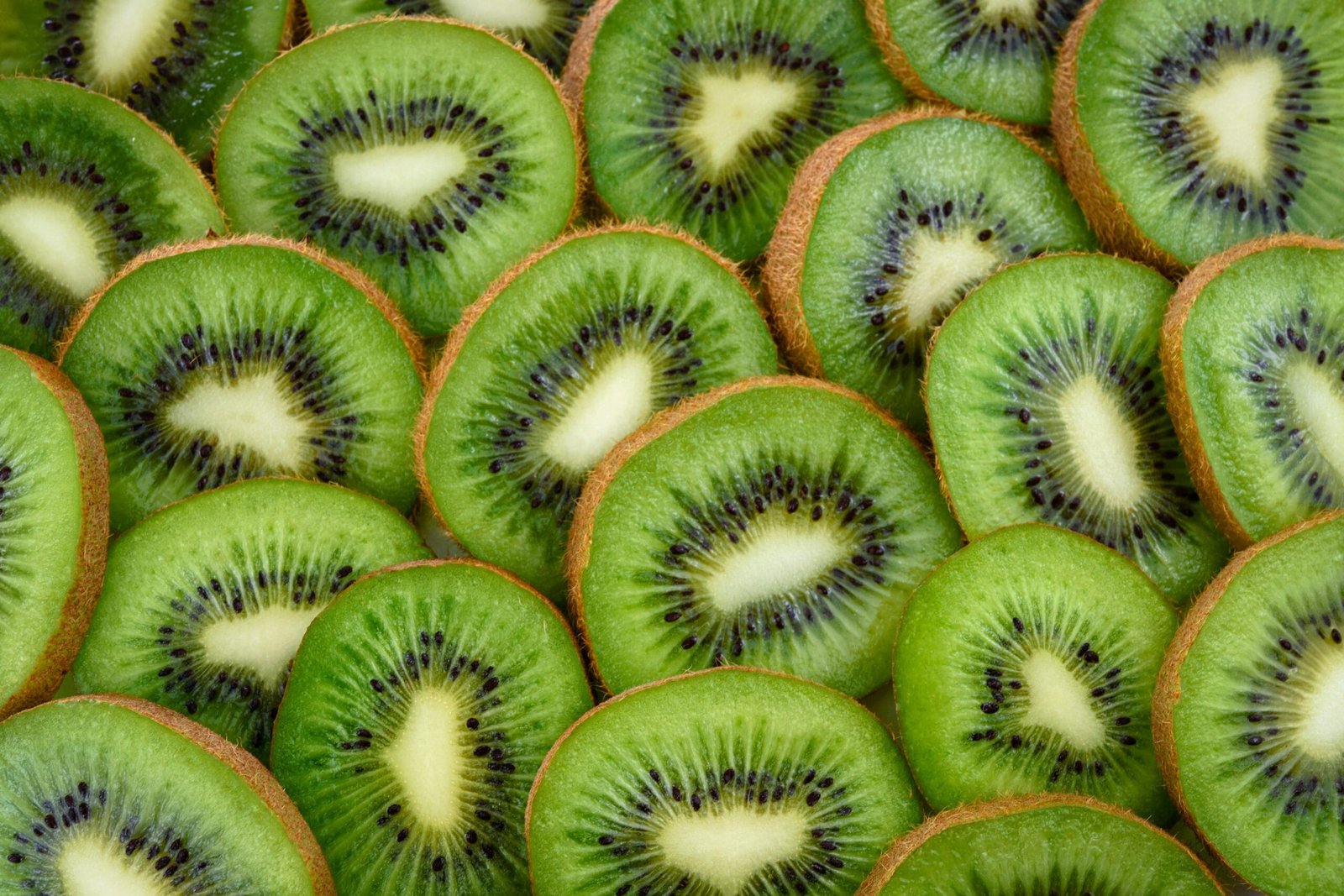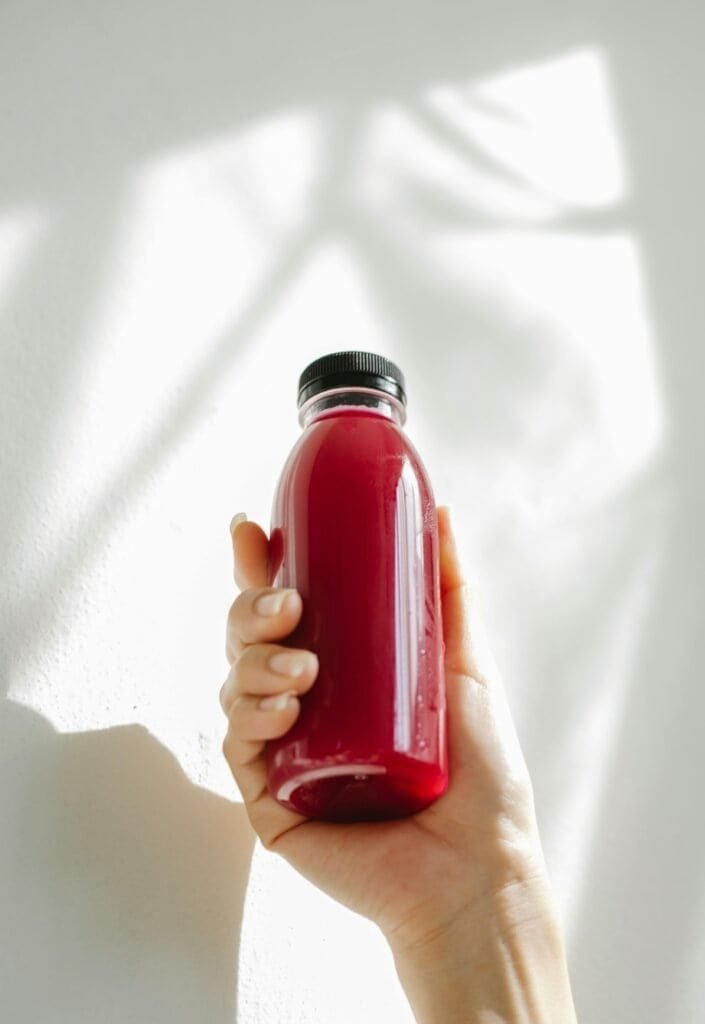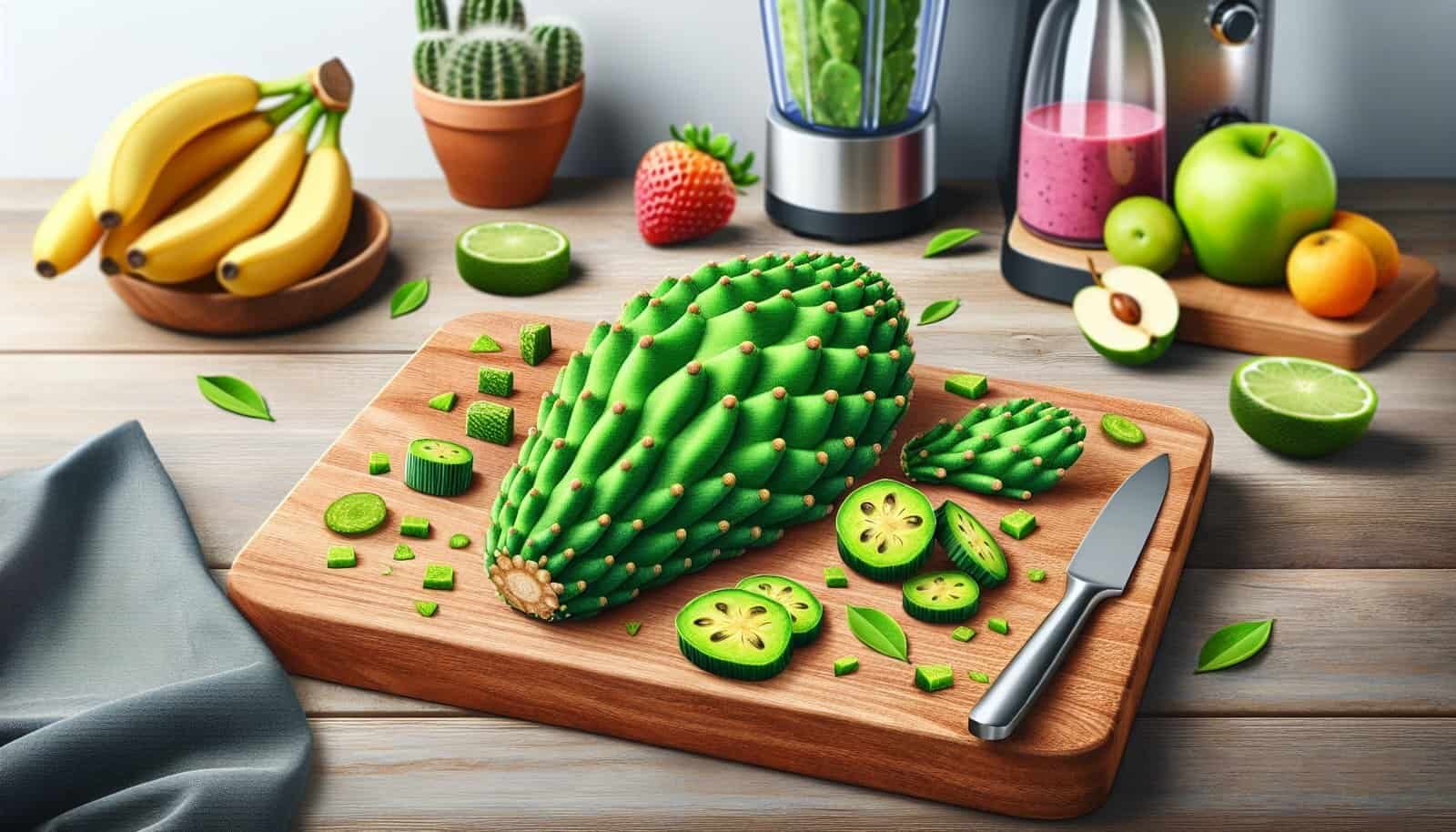Are you curious about how you can harness the health benefits of nopal by blending it into smoothies? Nopal, also known as prickly pear cactus, is an incredibly nutritious vegetable celebrated for its unique taste and health benefits. From reducing inflammation to stabilizing blood sugar levels, it’s a fantastic addition to any diet. But how do you prepare it right for smoothies? Let’s walk through the process together so you can make delicious, healthy drinks that add variety and nutrients to your daily routine.
What is Nopal?
Nopal is a type of cactus native to Mexico, but it also grows in parts of the United States and other countries. It’s well-loved in Mexican cuisine and is known for its oval shapes and vibrant green color. Nopal pads are the edible fleshy stems of the cactus plant, and they’re often prepared in various culinary ways, including grilling, frying, or boiling. When it comes to smoothies, nopal adds a mild, slightly tangy flavor that pairs beautifully with other fruits and vegetables.
Nutritional Benefits of Nopal
One of the reasons nopal is so popular in health circles is because of its impressive nutritional profile. It’s rich in essential nutrients, including:
- Fiber: Great for digestive health and maintaining stable blood sugar levels.
- Vitamins: Contains vitamin C, vitamin A, and several B vitamins, contributing to an improved immune system and better skin health.
- Minerals: Includes potassium, calcium, and magnesium, necessary for heart and bone health.
- Antioxidants: Protects your cells from damage and reduces inflammation.
The high fiber content makes it an excellent choice for those looking to enhance digestion and maintain steady energy levels throughout the day.
How to Choose the Right Nopal
To begin your nopal smoothie adventure, you first need to select the best nopal from the market. Choosing fresh, tender pads is essential for a smooth and delicious concoction.
Tips for Selecting Fresh Nopal
- Color and Firmness: Look for bright green pads that are firm to the touch. Avoid any with dark spots or mushy areas.
- Size: Smaller pads tend to be more tender and have fewer thorns, making them easier to work with and more palatable.
- Age: Opt for younger cactus pads as they’re less fibrous and have a milder flavor.
Where to Find Nopal
Nopal can be found in many grocery stores, especially those with Mexican or international sections. You can also buy them at farmers’ markets or specialty stores that focus on fresh produce. If you’re adventurous, you might even consider growing your own if you live in a suitable climate.

Preparing Nopal for Your Smoothie
Once you have the perfect nopal, it’s time to prepare it for blending into your smoothie. The preparation process is crucial because it removes the prickly thorns and mucilaginous texture that can affect the final taste.
Step-by-Step Guide to Cleaning Nopal
Rinse Thoroughly: Start by rinsing the nopal under cold running water to remove any dirt or pesticides.
Remove Thorns: Use a sharp knife to carefully shave off the thorny nodes. Be cautious during this step to avoid getting pricked.
Peel or Not? Decide whether you want to peel the outer layer. While some prefer to leave it on for added fiber, others remove it if they find it too tough.
Dice the Pads: Once cleaned, cut the nopal pads into small cubes. This will help them blend more easily and evenly in your smoothie.
De-Sliming the Nopal
Nopal pads can have a somewhat slimy texture, which might not be desirable for a smoothie. Here’s how to minimize this:
Boil the Nopal: Boil the diced nopal in water for about 5-10 minutes before using it in a smoothie. This process helps reduce slime and makes the flesh softer.
Soak in Salt Water: Alternatively, you can soak the nopal cubes in salt water for about 15 minutes before rinsing. The salt draws out some of the sticky substance.
Pairing Nopal with Other Ingredients
Nopal pairs wonderfully with a variety of fruits and vegetables. The key to a great-tasting smoothie is balancing flavors and maintaining nutritional value.
Suggested Ingredients for Nopal Smoothies
Fruits: Pineapple, banana, and mango provide natural sweetness and complement nopal’s earthy flavor. Citrus fruits like oranges and lemons also work well.
Vegetables: Spinach, kale, and cucumber can add depth without overpowering the nopal.
Liquids: Consider coconut water, almond milk, or even plain water for a lighter texture.
Extras: Throw in some chia seeds, hemp seeds, or even a bit of honey for additional flavor and nutrients.
Sample Nopal Smoothie Recipe
Here’s a simple recipe to get you started:
- 1 cup diced nopal
- 1 cup fresh pineapple chunks
- 1 banana
- 1 cup spinach leaves
- 1-2 cups coconut water
- 1 tablespoon chia seeds
Blend all the ingredients until smooth, and enjoy a refreshing, nutrient-packed drink.

Health Benefits of Nopal Smoothies
Nopal smoothies are not only tasty but also work wonders for your health. Let’s explore some of the benefits you can expect from drinking these cactus-infused creations.
Aiding Digestion
The high fiber content in nopal plays a vital role in keeping your digestive system running smoothly. It helps to bulk up stools and facilitates regular bowel movements.
Blood Sugar Level Control
Regular consumption of nopal can help maintain stable blood sugar levels, which is particularly beneficial for individuals managing diabetes. Its fiber slows down the absorption of sugars in your stomach and intestines, preventing spikes and crashes.
Promoting Weight Loss
Nopal is low in calories but contains a high amount of water and fiber, making it an ideal addition to a weight loss regimen. It helps you feel full longer, reducing the temptation to snack between meals.
Anti-inflammatory Actions
Due to its antioxidants and minerals, nopal can reduce inflammation throughout the body, potentially helping with conditions like arthritis and heart disease.
Potential Concerns
Despite the numerous benefits, it’s essential to be aware of any potential issues associated with consuming nopal.
Allergies and Sensitivities
While rare, some people might be allergic to nopal. If you experience symptoms like itching or swelling after consumption, discontinue use and consult a healthcare professional.
Digestive Discomfort
Overconsumption of nopal might lead to digestive issues such as bloating or diarrhea due to its high fiber content. Start with small amounts and gradually increase your intake to see how your body reacts.
Medication Interactions
Nopal can interact with certain medications, especially those related to diabetes control. If you’re on medication, it’s best to consult with your healthcare provider before adding nopal to your diet.

Experimenting with Nopal
Once you’re comfortable with the basics, the possibilities with nopal smoothies are endless. You can experiment with different combinations of fruits and vegetables, creating unique flavors and enhancing your daily nutritional intake.
Creative Additions
Consider adding spices like ginger or mint to elevate the flavor profile of your smoothies. These also bring additional health benefits, such as anti-inflammatory properties.
Seasonal Variations
Adapt your nopal smoothie ingredients based on seasonal produce. In summer, juicy berries make a great partner, while in winter, apples and pears add a cozy deliciousness.
Conclusion
Adding nopal to your smoothie repertoire can give you a nutritional boost while providing a unique and delicious taste. By selecting fresh pads, taking care during preparation, and pairing with complementary ingredients, nopal smoothies can become a staple in your healthy diet. Remember to monitor how your body reacts and adjust as needed to enjoy all the incredible benefits this cactus has to offer.


